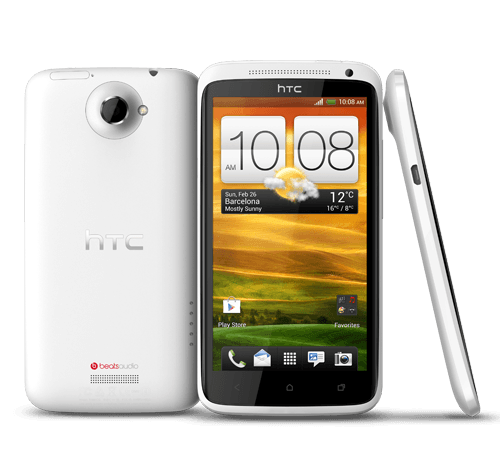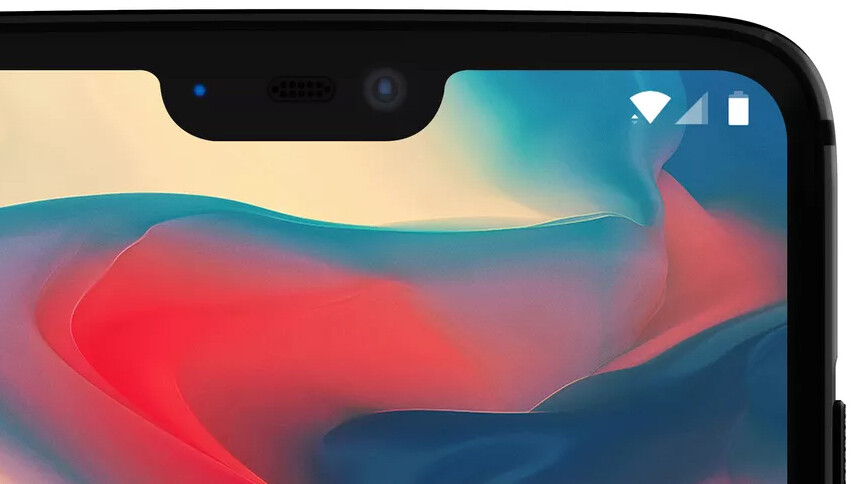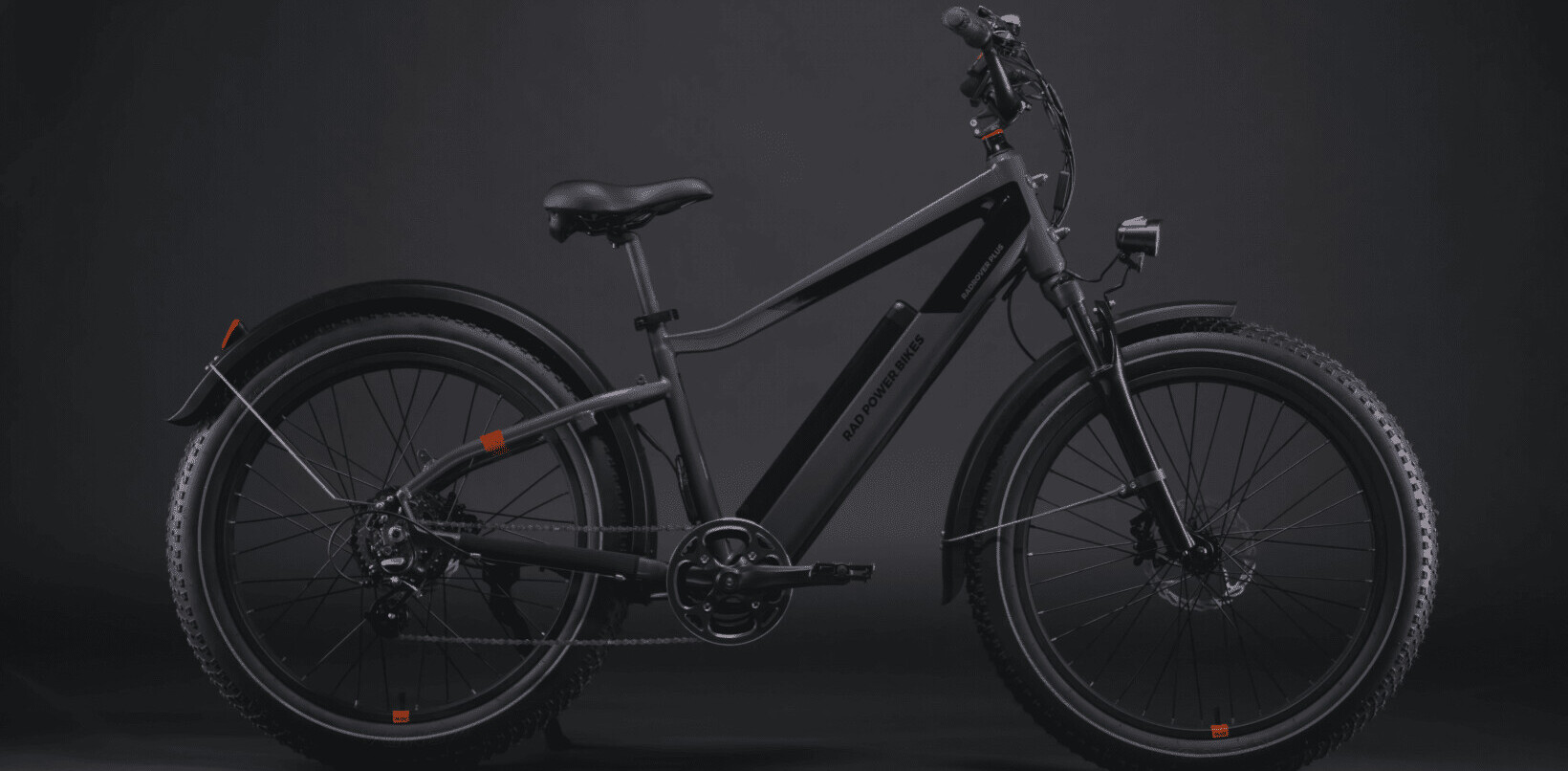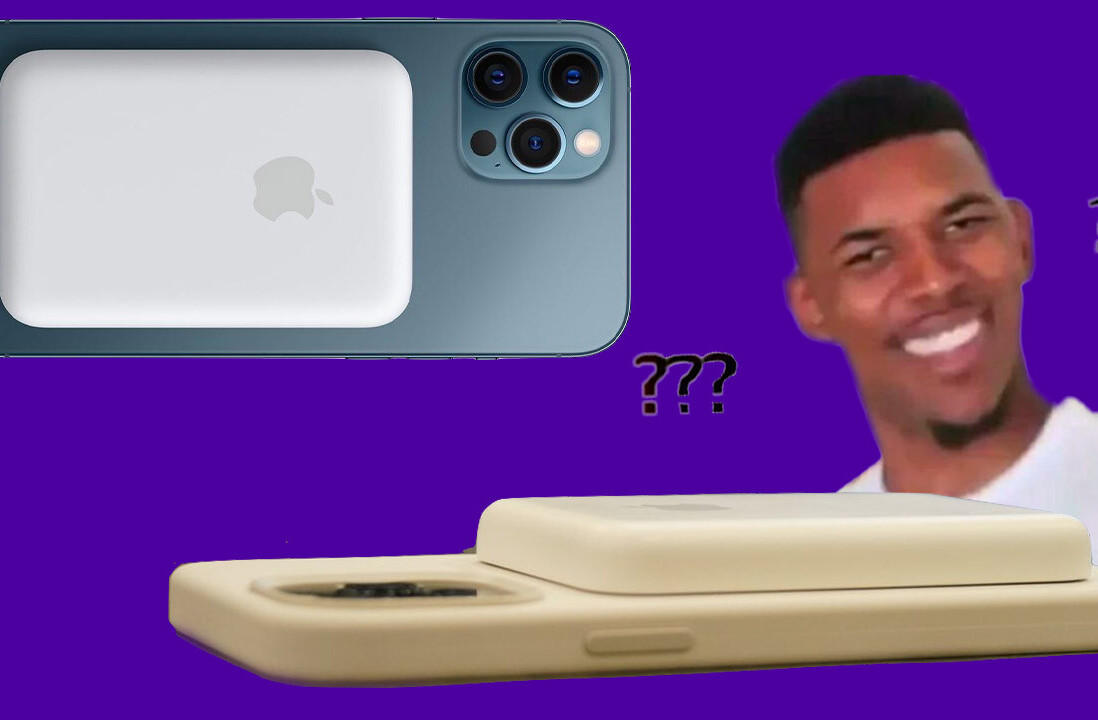OnePlus has confirmed to The Verge that its upcoming flagship device will get a notch at the top of the screen, like the iPhone X and the slew of copycat devices that debuted at MWC last month.
We previously heard rumors about it back in February; OnePlus’ Carl Pei confirmed that the next handset’s notch will be smaller than that of the iPhone X, but wider than the one on the Essential phone.
The idea, he said, is to give users more screen real estate. He added that the notch was inevitable, and that OnePlus would’ve done even if it weren’t for the iPhone X:
…we have access to the roadmaps of all the screen manufacturers, and when they gave us the opportunity to make cutouts at the top of the screen, it just made sense.
While I do appreciate slimmer bezels that allow for a higher screen:body ratio, I’m not keen on hardware brands emulating what’s clearly a less-than-ideal solution to that problem, and continuing a disappointing trend of mimicking Apple’s design ideas.
While I wasn’t surprised to see other manufacturers adopt the notch, I was hoping OnePlus would be able to resist the temptation to do so, given its penchant for good industrial design.
I fail to see why this concept of going bezel-less at the cost of the notch seems to have become the holy grail for phone makers. Phones with bezels aren’t intrinsically ugly – there just wasn’t much by way of design innovation for a long time. I still love the look of HTC’s One X that debuted back in 2012: its bezels frame the screen beautifully, and I’m surprised that this look wasn’t copied widely.

Pei also talked about how the chin is essential to Android phones, because that’s where a ribbon connects the display to the logic board (the iPhone X gets around this by utilizing a flexible OLED screen that curves towards the back).
If that’s the case, why not try something clever with the chin instead of going with the notch? It’s not crazy; Xiaomi has been doing that since its first Mi Mix in 2016, and Sharp tried it back in 2015 with its Aquos Crystal – and look, no notches.

I’m certain that there’s room for new ideas in phone design; brands just need to be brave enough to try them out. It’s understandable that this may prove difficult given that we’re all now used to a consistent device release cycle, but it’d be great to see companies avoid trends and forge their own paths more often.
Given the timing of Pei’s clarifications around the notch, you can expect to see the next OnePlus handset arrive sooner than June, which is when the company usually unveils its new products. It’s also expected to feature a wooden back, a headphone jack (which has been confirmed, yay!), and bring a 256GB option that will cost $749.
The Next Web’s 2018 conference is just a few months away, and it’ll be ??. Find out all about our tracks here.
Get the TNW newsletter
Get the most important tech news in your inbox each week.




